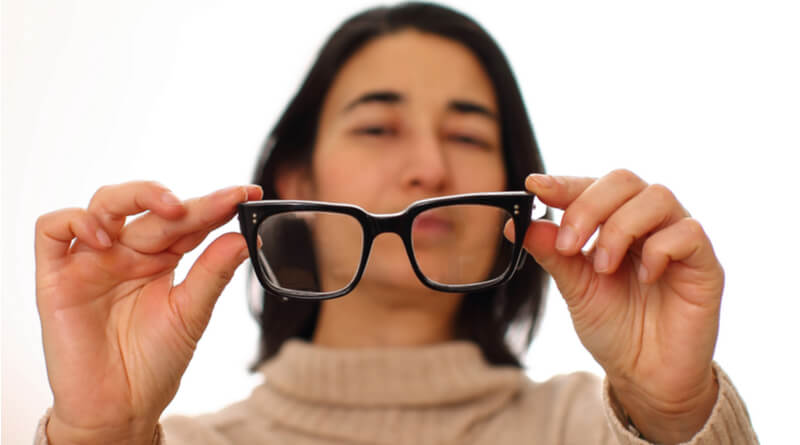Diabetes is a type of complicated metabolic disease which effects your body’s production and utilization of insulin. Either your body cannot produce insulin at all, cannot produce sufficient quantities of insulin, or just cannot use it efficaciously. Insulin is the compound responsible for breaking down glucose that enters the body into energy and storing the glucose inside the cells throughout the body.
When the body does not have enough insulin to break down the glucose levels, it leads to a buildup of glucose which is known as hyperglycemia. Hyperglycemia is very dangerous for many reasons. But one of the bigger reasons that hyperglycemia is notoriously dangerous that is easily overlooked by people, is the ability of hyperglycemia to affect vision.
Diabetes has been known to affect vision for some time now. When a person’s glucose levels build up in the blood, it can cause their vision to turn blurry. This is often one of the first warning signs of diabetes a person experiences. The blurriness is caused by fluids leaking into the lens of the eye. This causes the lens to swell and change shape which can make it difficult for the eye to focus and vision consequently turns blurry.
Insulin treatments have also been known to cause blurry vision due to shifting fluids. But blurry vision that is related to insulin usage typically disappears after a few weeks. Normally, a diabetic patient’s vision will stabilize along with their blood sugar levels.
If you have diabetes, you are already at an increased risk for obtaining several eye problems. Therefore, it is important to consistently schedule checkups with your doctor and alert them to all of your symptoms. Blurred vision is normally easily treatable, but it can be indicative of a much more serious problem.








